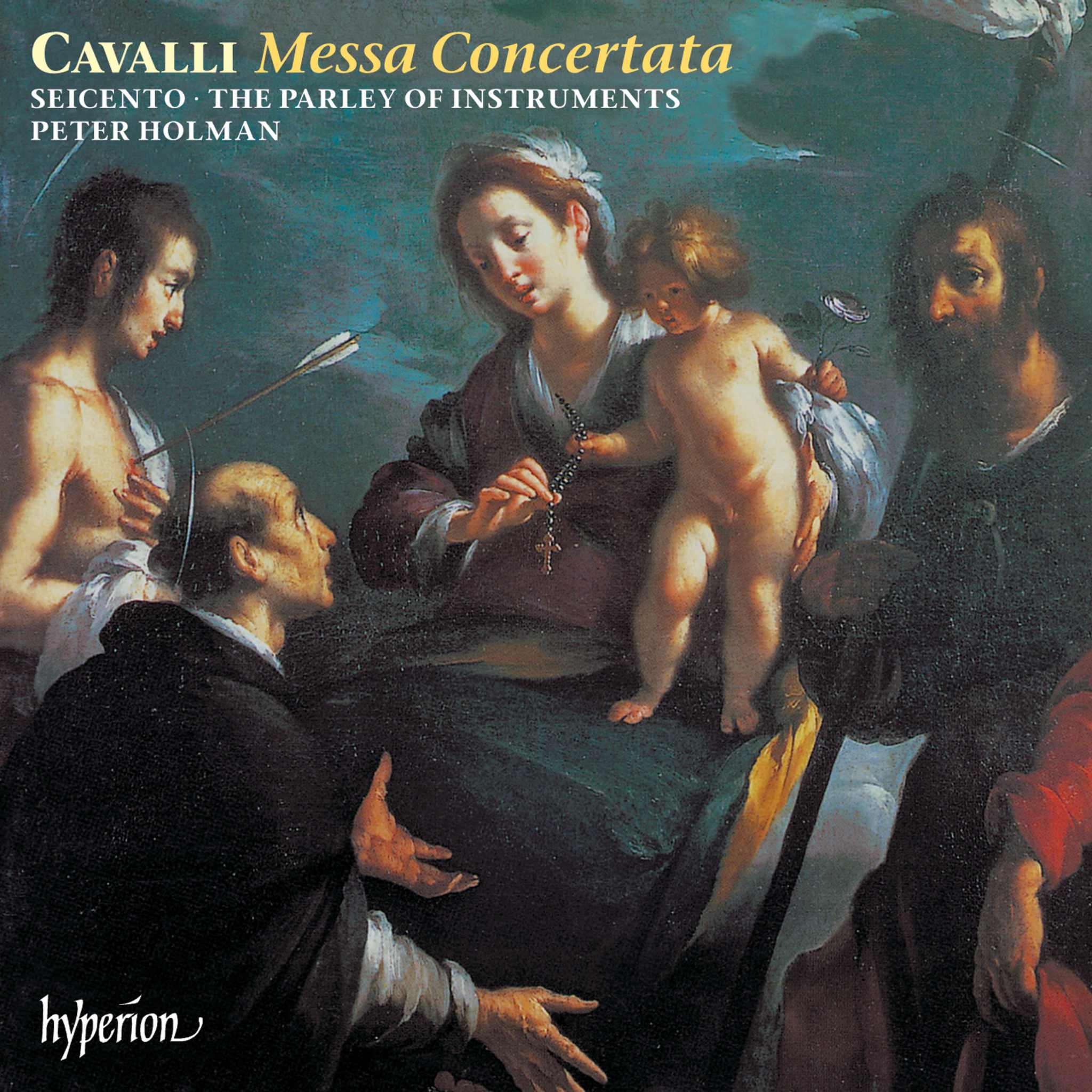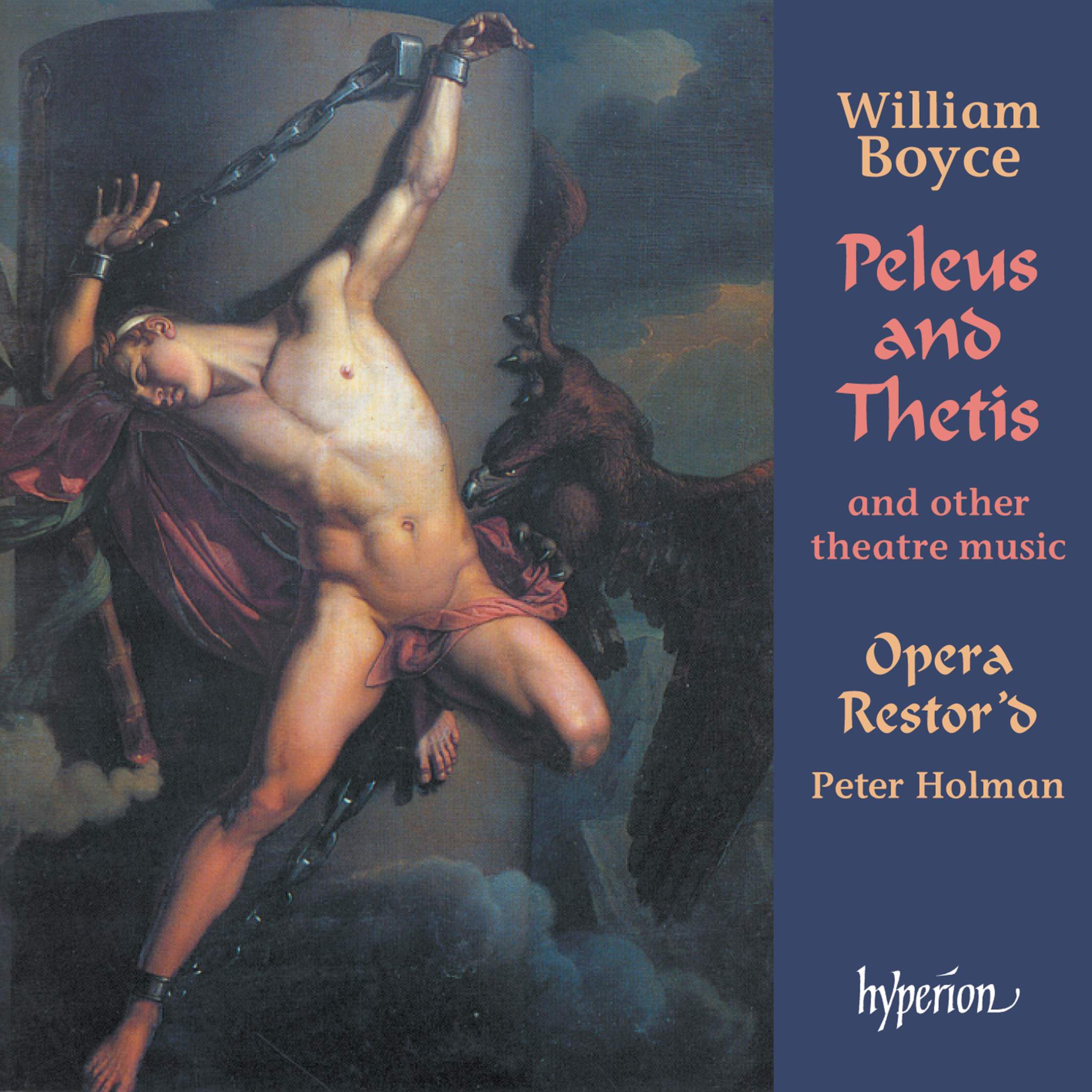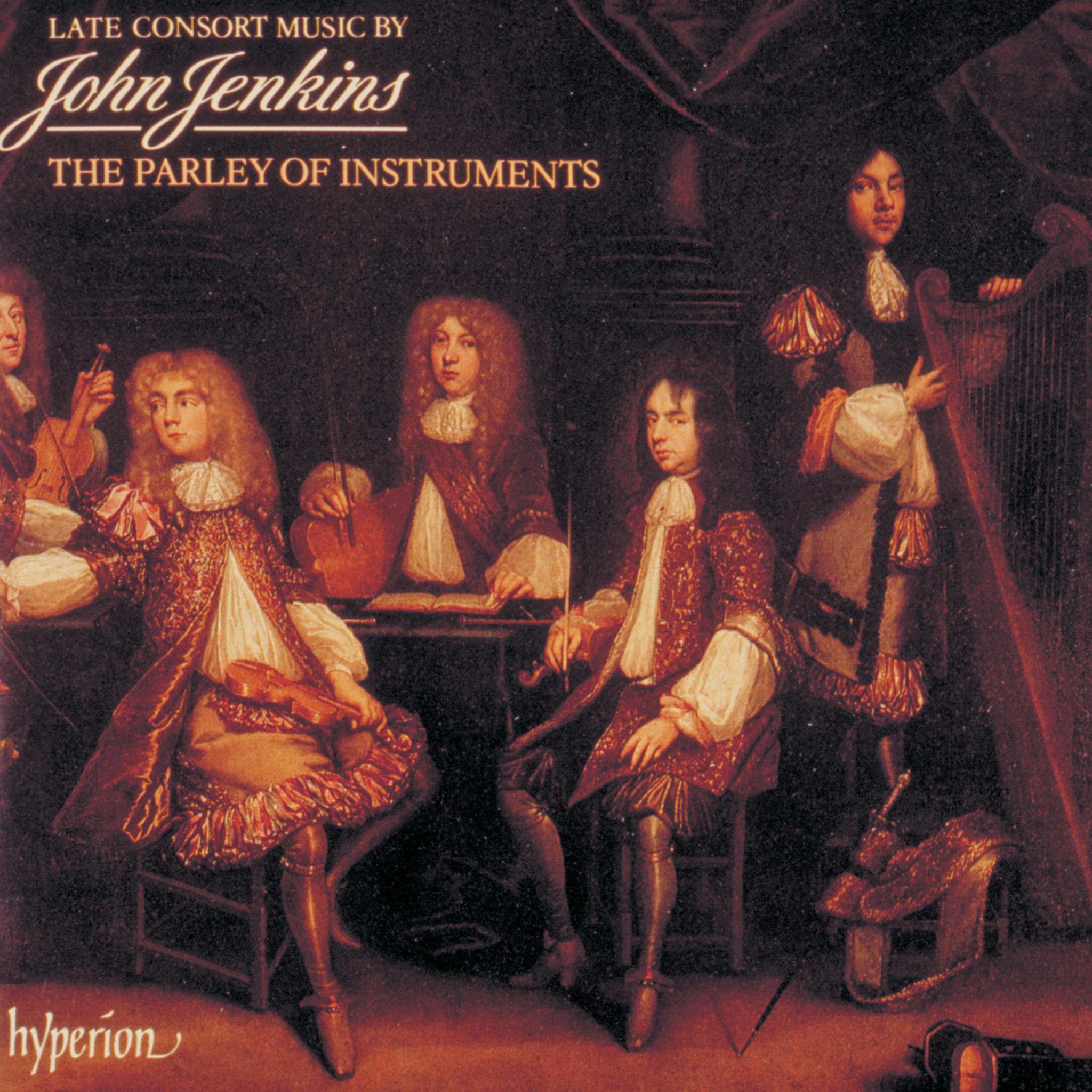Album insights
Born in Čáslav, Bohemia (now Czech Republic), Jan Ladislav Dussek (1760–1812) was a late Classical/early Romantic pianist and composer, known as one of the earliest "international musicians". Dussek, born a decade after Johann Sebastian Bach's death, a generation after Haydn, four years junior to Mozart, and a decade older than Beethoven, traveled, performed, composed, and taught across Europe from the late 18th to the early 19th century.
After schooling near his hometown and in Prague, Dussek traveled to Northern Europe before turning 20. Spending the late 1770s and early 1780s in the Netherlands and Hamburg, he likely studied under Carl Philipp Emanuel Bach. In 1783, he performed at Catherine the Great's court in St. Petersburg and later served as music director for Prince Radziwill in Lithuania. Beginning a concert tour of Germany in 1784, he showcased his skills on both the glass harmonica and the piano. Arriving in Paris in 1786, he became a favorite of Marie Antoinette, staying there until 1789 and even traveling to Italy during that time.
As the French Revolution erupted, Dussek fled to London, where he stayed for eleven years, becoming a renowned concert pianist and teacher, performing frequently at the Hanover Square Rooms and with Haydn during the latter's London visits. He married Sophia Corri in 1792, who was known as a singer, pianist, and harpist. In London, he worked on expanding the piano's key range with piano maker Broadwood. However, his lack of business acumen led to his publishing house going bankrupt. In 1799, leaving his wife and daughter behind, he fled to Hamburg, never to see them again. In Germany, he met and befriended young Louis Spohr, with whom he performed and traveled.
Returning to his homeland of Bohemia in 1802, Dussek held a series of well-received concerts. He was noted for being the first concert pianist to position the instrument sideways, allowing the audience to see his fingers on the keys. The Prussian Prince Louis Ferdinand appointed Dussek as music director in Berlin in 1804. However, after the prince’s death in battle in 1806, the composer returned to Paris, where he remained until his death six years later.
Though Dussek wrote numerous lighter works like rondos and variations on popular melodies of the time, he also composed significant piano sonatas, concertos, and chamber music, receiving acclaim for his expressive compositions and impressive pianistic abilities. His early works reflected a classical style, evolving after the turn of the century to exhibit distinct romantic characteristics in performance indications, the use of altered chords, and harmonically foreign tones. Comparisons to other composers mostly of later eras display Dussek's advanced style for his time.
Chronicling Dussek's approximately 18 piano concertos, ranging over 30 years from 1779 to 1810, proves challenging due to non-sequential numbering and conflicting publication details. His innovative structural decisions in the genre influenced later composers and anticipated developments in concerto form at the turn of the 19th century.
Stephan D Lindeman © 2014 Translator: Christiane Frobenius









